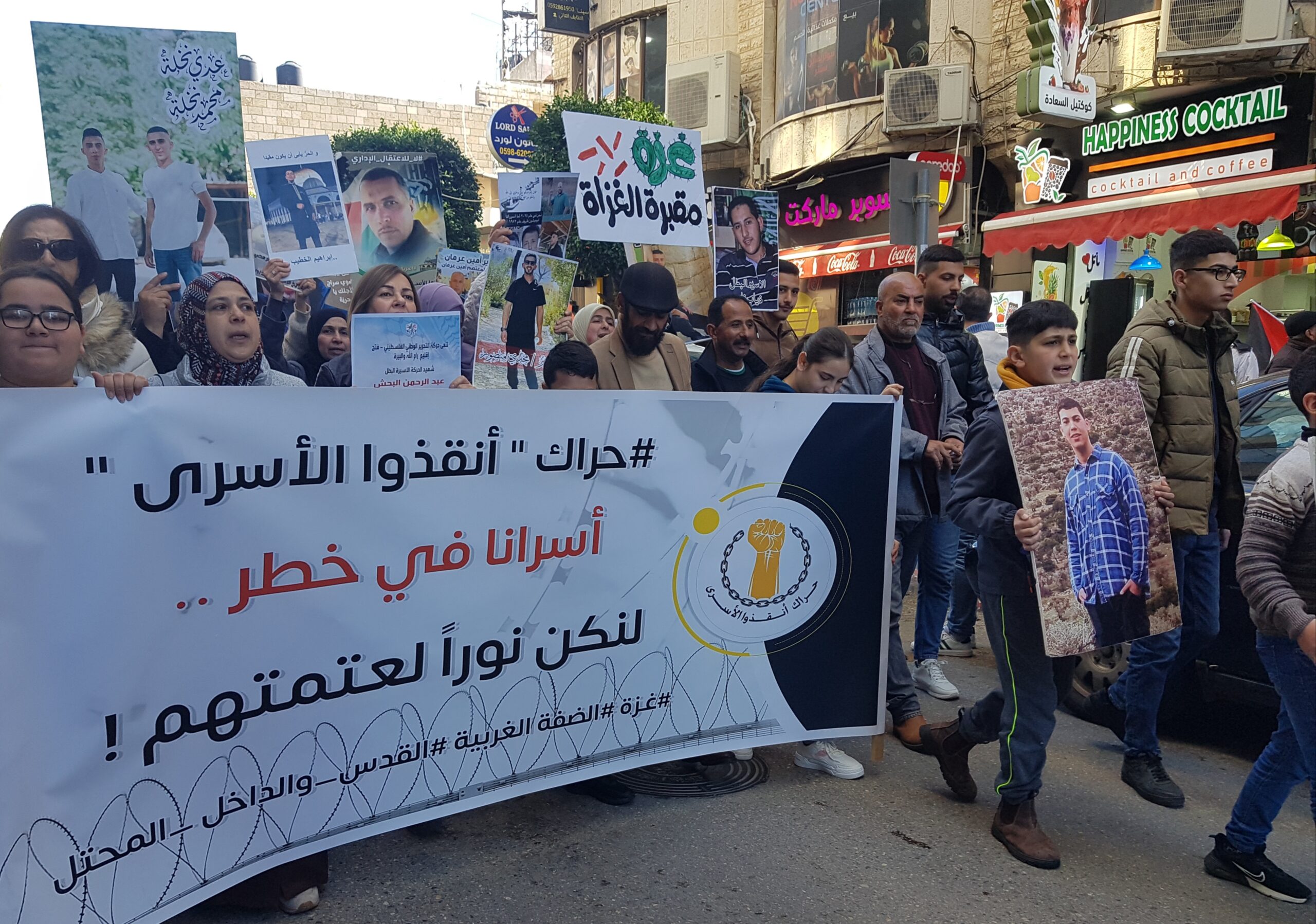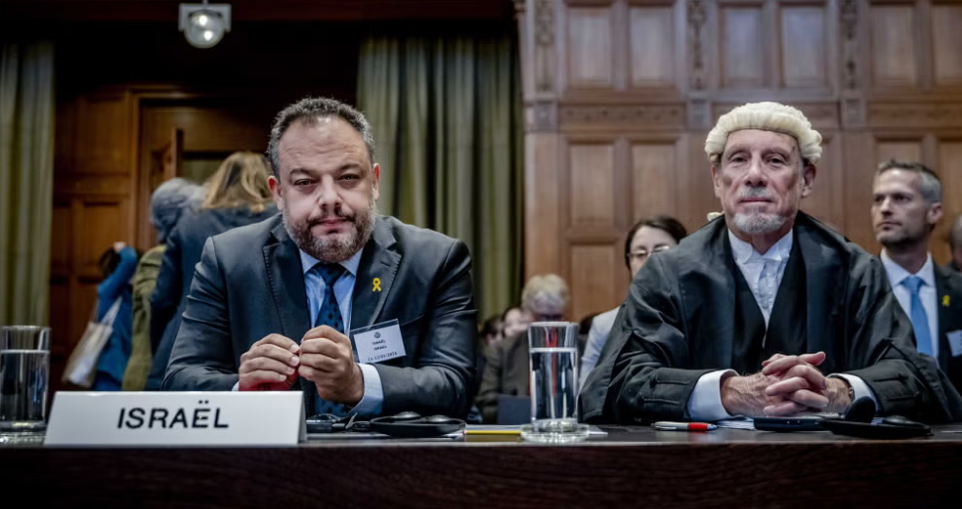Author: ISM Media
-
Urgent Call from Palestinian Prisoner Families
The International Solidarity Movement (ISM) has been approached by the “Movement to Save the Prisoners” with an urgent request to highlight the current crisis faced by Palestinian prisoners in Israeli jails.
-
Suffer the Children
I am still perpetually on the verge of crying or crying most of the time. Throughout my travels in Palestine, I have learned from the wisdom of children.
-
ICJ Day 2: Dismantling Israel’s Defense on Genocide Charge
12 January 2024 | International Solidarity Movement | The Hague, Netherlands One day after a chilling presentation by South Africa’s legal team, constructing a sweeping case against Israel for genocidal intent and acts amounting to genocide of the Palestinian population in Gaza, Israel took its place before the 15 judge panel to try…



